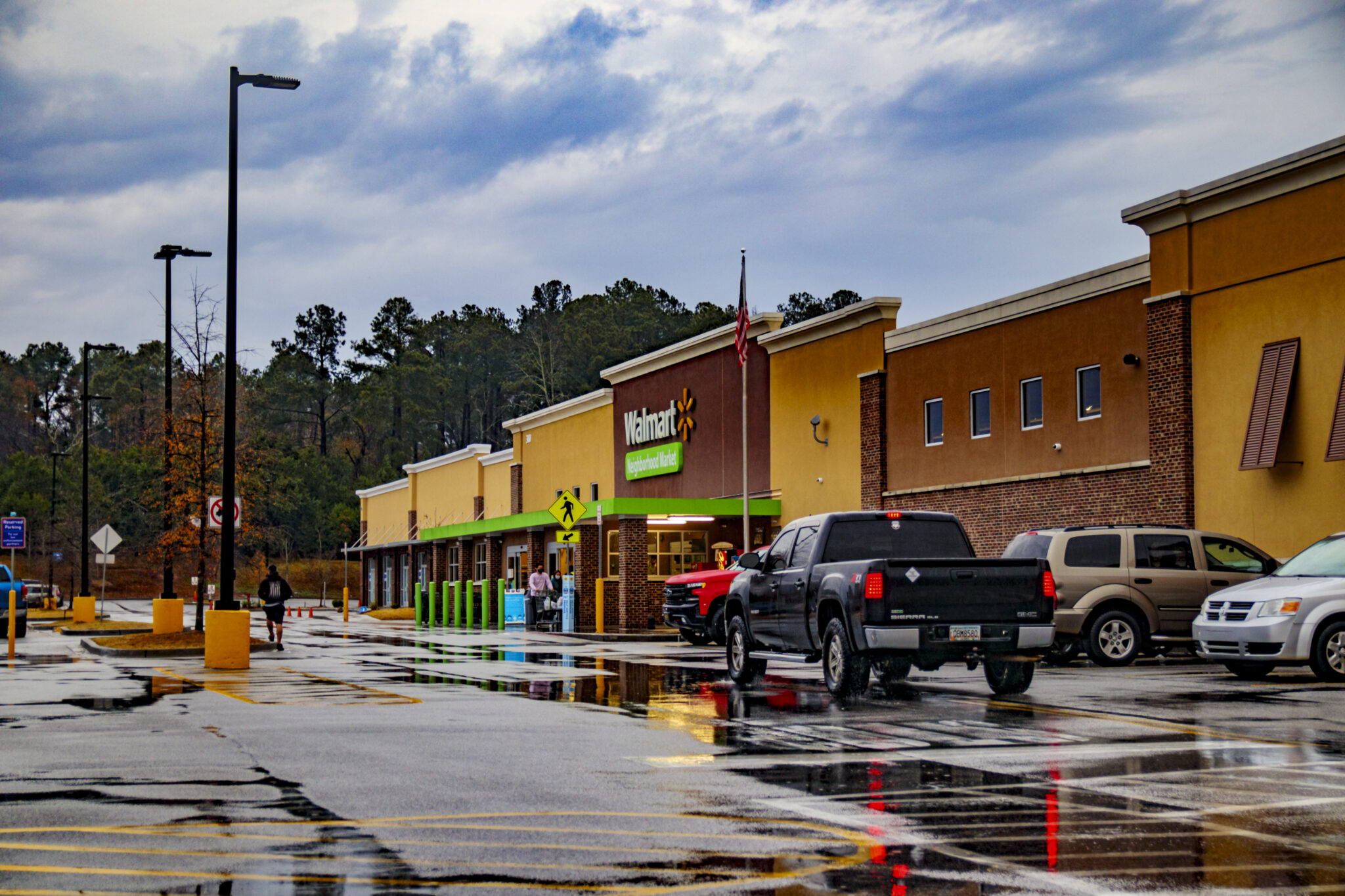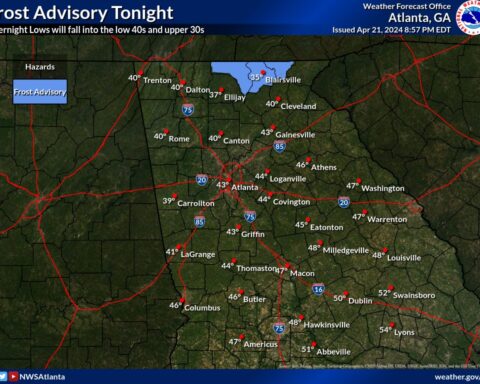AccuWeather meteorologists are warning that a dangerous pattern will continue across the southern United States for much of this week. There will be an ongoing risk of slow-moving and repeating thunderstorms that could unload torrential rainfall with an AccuWeather Local StormMax™ of 12 inches projected in the hardest-hit areas. While initially flooding incidents are expected to occur on a more localized basis, the setup may evolve into a more widespread threat in the coming days.
The overall weather pattern will be much busier than the average summertime pop-up thunderstorms for the Southeastern states and a portion of the South Central states.
“The combination of steamy air, a stalled frontal zone and cool air in the middle levels of the atmosphere will make for perfect ingredients to generate showers and thunderstorms over and over again,” AccuWeather Chief On-Air Meteorologist Bernie Rayno said.
“It is rare to have a southward dip in the jet stream in July in the South, and it is that subtle jet stream dip that is producing the cool air aloft,” Rayno added. The cool air aloft will allow clouds to reach tens of thousands of feet into the atmosphere. The taller the clouds, the more rain they can produce.
The storms are forecast to focus over the Interstate 10 and 20 corridors from eastern Texas to the Carolinas, Georgia and Florida much of this week.
To make matters worse, very weak steering winds, which are typical for late July, will result in very slow-moving storms.
These conditions can have downpours repeating to the point where several inches of rain can fall on some communities in a single day. However, 3 inches of rain can fall in as many hours or less in the heaviest storms.
For example, more than 3 inches of rain poured down on part of the Meridian, Mississippi, area in four hours Monday morning.
At this level, a single downpour can lead to street, highway and low-lying area flooding in some neighborhoods, but nearby locations could be generally unscathed.
AccuWeather forecasters say the pattern may persist in many areas through much of this week, enhancing the dangers. The persistent nature of the downpours can lead to problems across the region and may cause some small streams to rapidly overflow their banks. In addition to this danger, major interference with outdoor plans and daily commutes is likely.
However, there are some signs that relief may come for parts of the area as the week progresses. Late in the week, the pocket of cool air aloft may split and allow an area of high pressure to build over the northwestern part of the Gulf Coast.
“The southwestern migration of the cool air aloft and associated storm may be enough to turn off the atmospheric faucet from the Texas coast to part of Louisiana,” AccuWeather Senior Meteorologist Brett Anderson said.
However, storms may continue to fire where the air stays cool aloft in central Texas and perhaps farther to the north and east from Alabama to Georgia, the Carolinas and Florida.
Even though some areas have managed to dodge the most persistent downpours this summer, many locations have received one and a half to three times the normal amount of rain.
Since June 1, New Orleans has received 18.55 inches of rain compared to an average of 11.88 inches or 156% of normal. Tupelo, Mississippi, has picked up 19.91 inches of rain versus an average of 7.00 inches or 284% of normal. Meanwhile, rainfall in McAllen, Texas, has been a whopping 425% of average, which is a rainfall departure of 11.24 inches above the normal of 3.42 inches.
The repeated thunderstorms, which have kept the soil moist, have also helped to hold temperatures back in the region. When the soil is wet, more of the sun’s energy is used up in evaporation, rather than heating the ground.
Dallas has not yet hit 100 F this year. On average, the city has 17 days with triple-digit highs. The only year on record where the temperature stayed below 100 the entire time was in 1906, according to the National Weather Service.
Most of the South Central and Southeastern states have experienced temperatures near to sightly below average, unlike portions of the Northeast, Midwest and West, where temperatures have ranged from slightly above average to well above average this summer.
Cities such as Little Rock, Arkansas; Savannah, Georgia; Jacksonville, Florida; San Antonio, Texas; and Huntsville, Alabama, have all experienced below-average temperatures. The average temperature has been 1 degree F or greater below average in each of these locations since June 1.https://playlist.megaphone.fm/?e=ADL8310830202
The ongoing wet conditions could be a potential problem in terms of flooding in parts of the South as the heart of the hurricane season approaches. The Atlantic has settled back to more typical quiet conditions during July, but the season is still well ahead of the average pace. The season is predicted to remain active through November.
There have already been three systems that made landfall in the southeastern U.S. so far this season. Claudette, Danny and Elsa all made landfall as tropical storms. Elsa briefly peaked as a hurricane while over the Caribbean and the Gulf of Mexico. AccuWeather’s team of meteorologists expect up to five direct impacts on the U.S. during the 2021 Atlantic hurricane season.
Disclosure: This article may contain affiliate links, meaning we could earn a commission if you make a purchase through these links.






